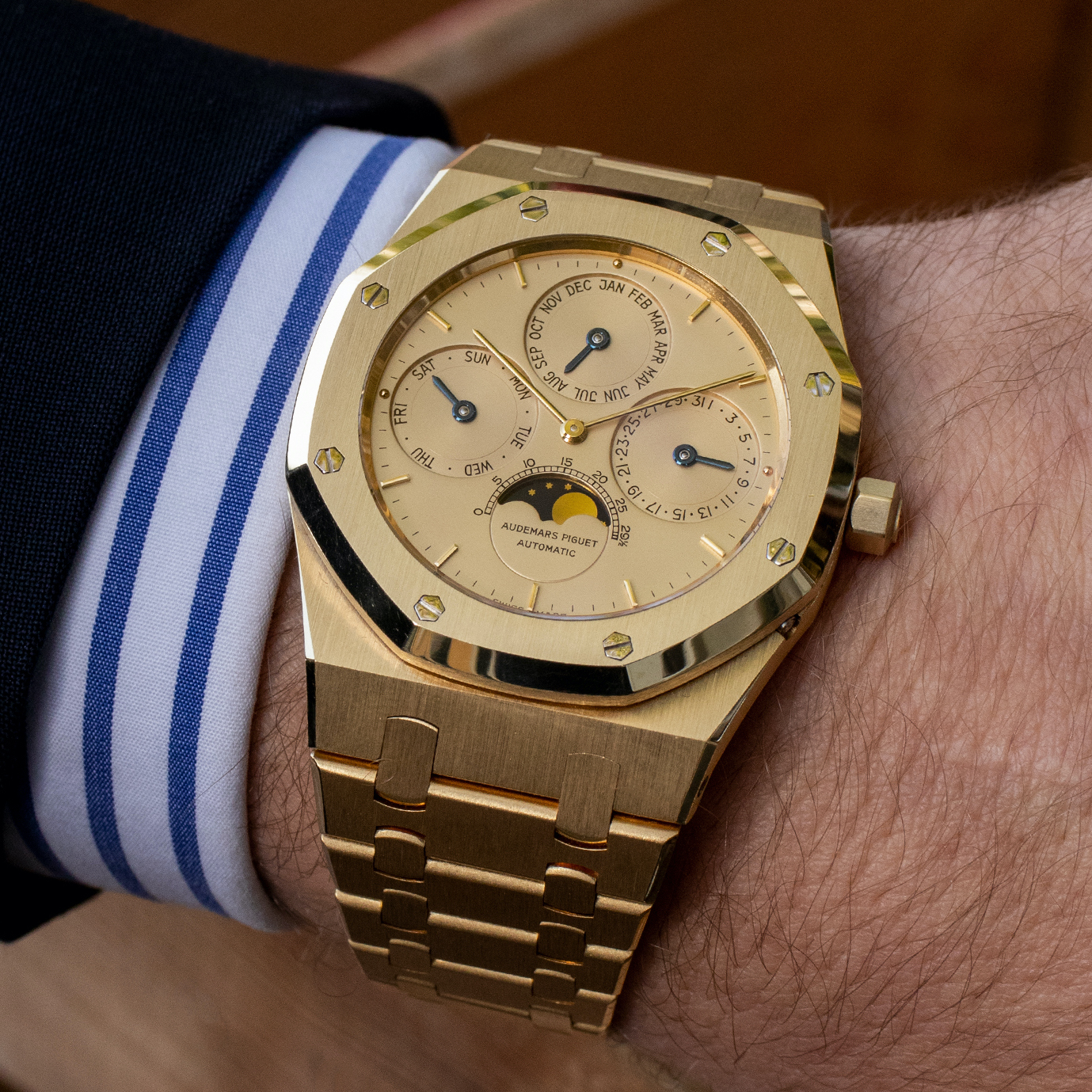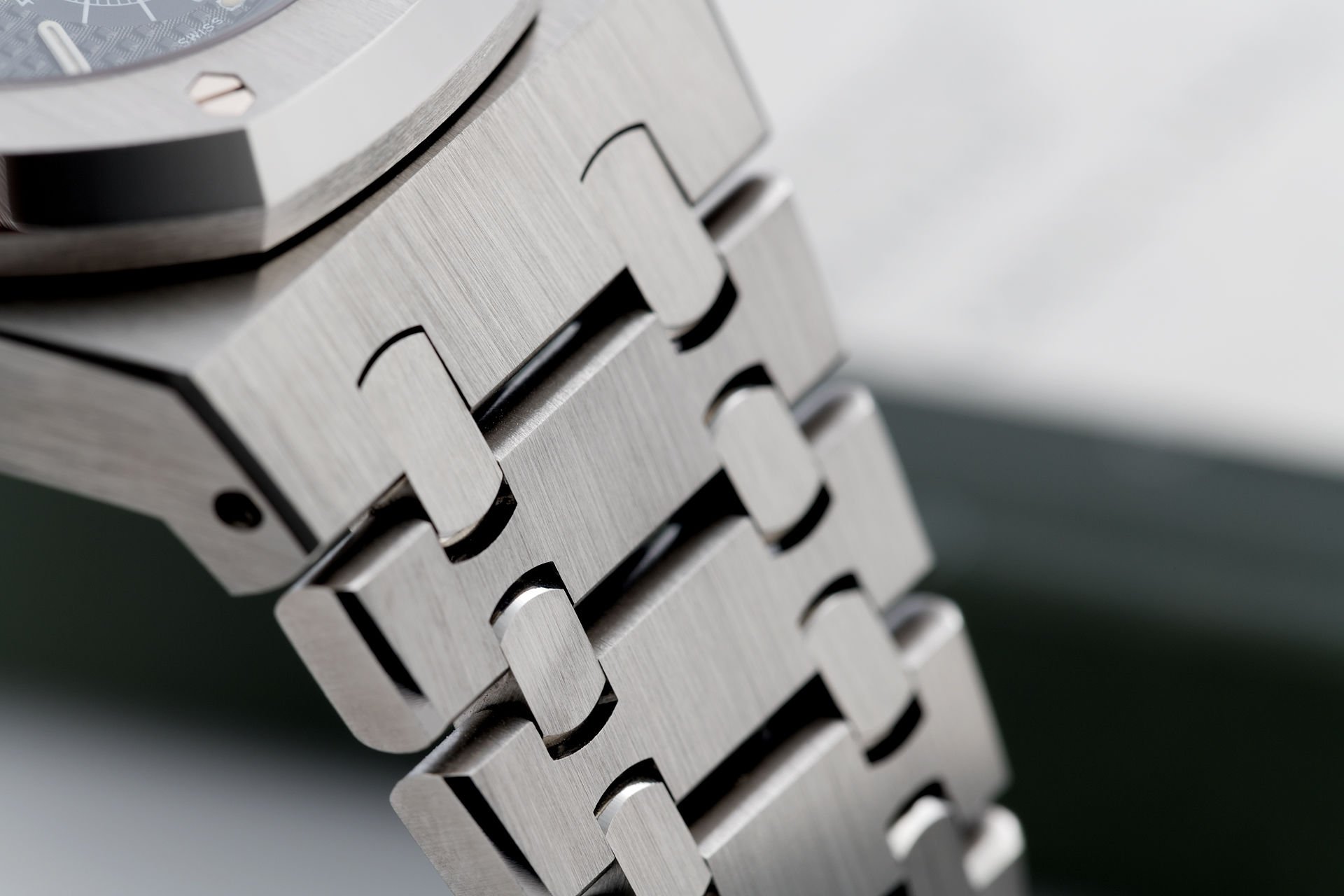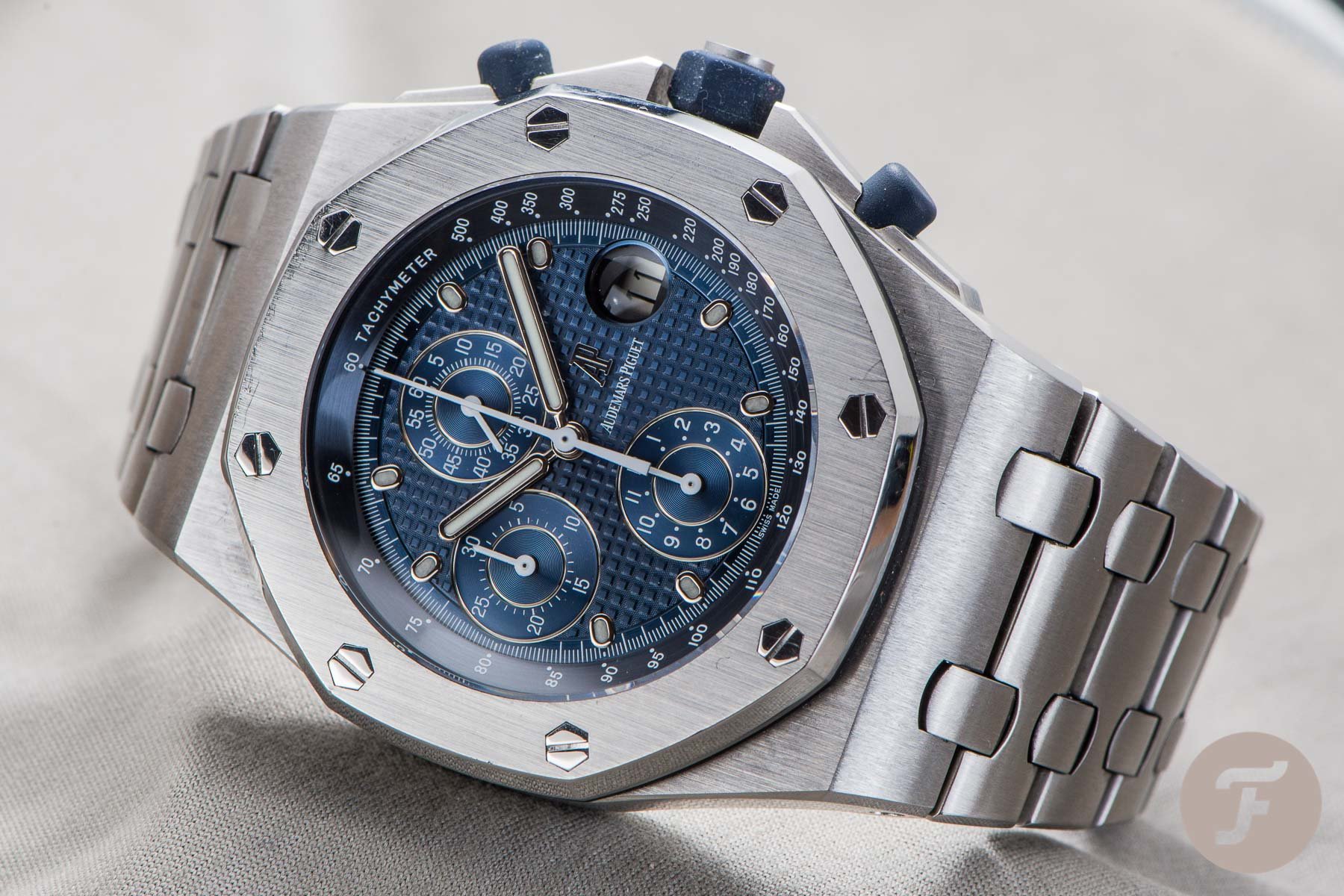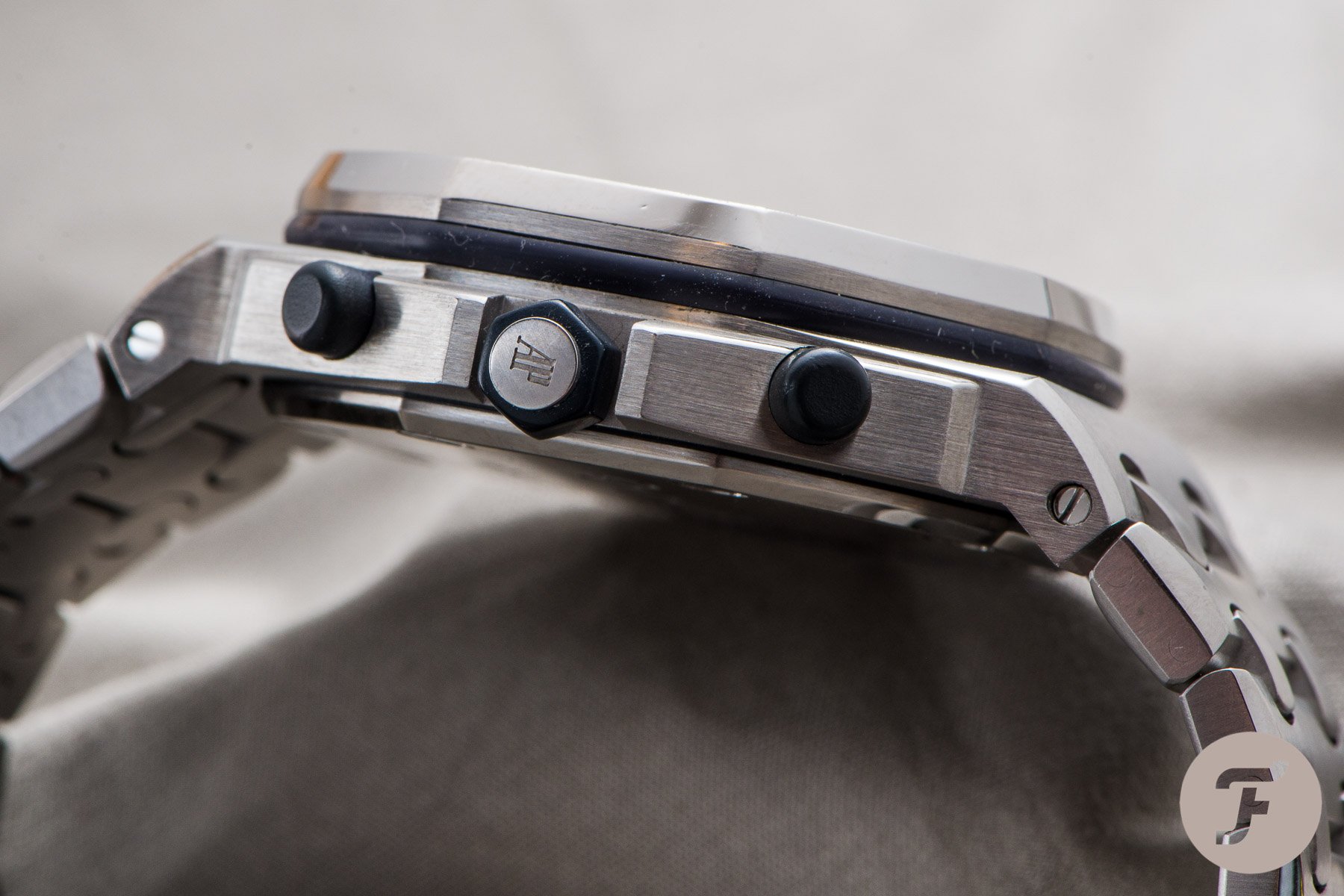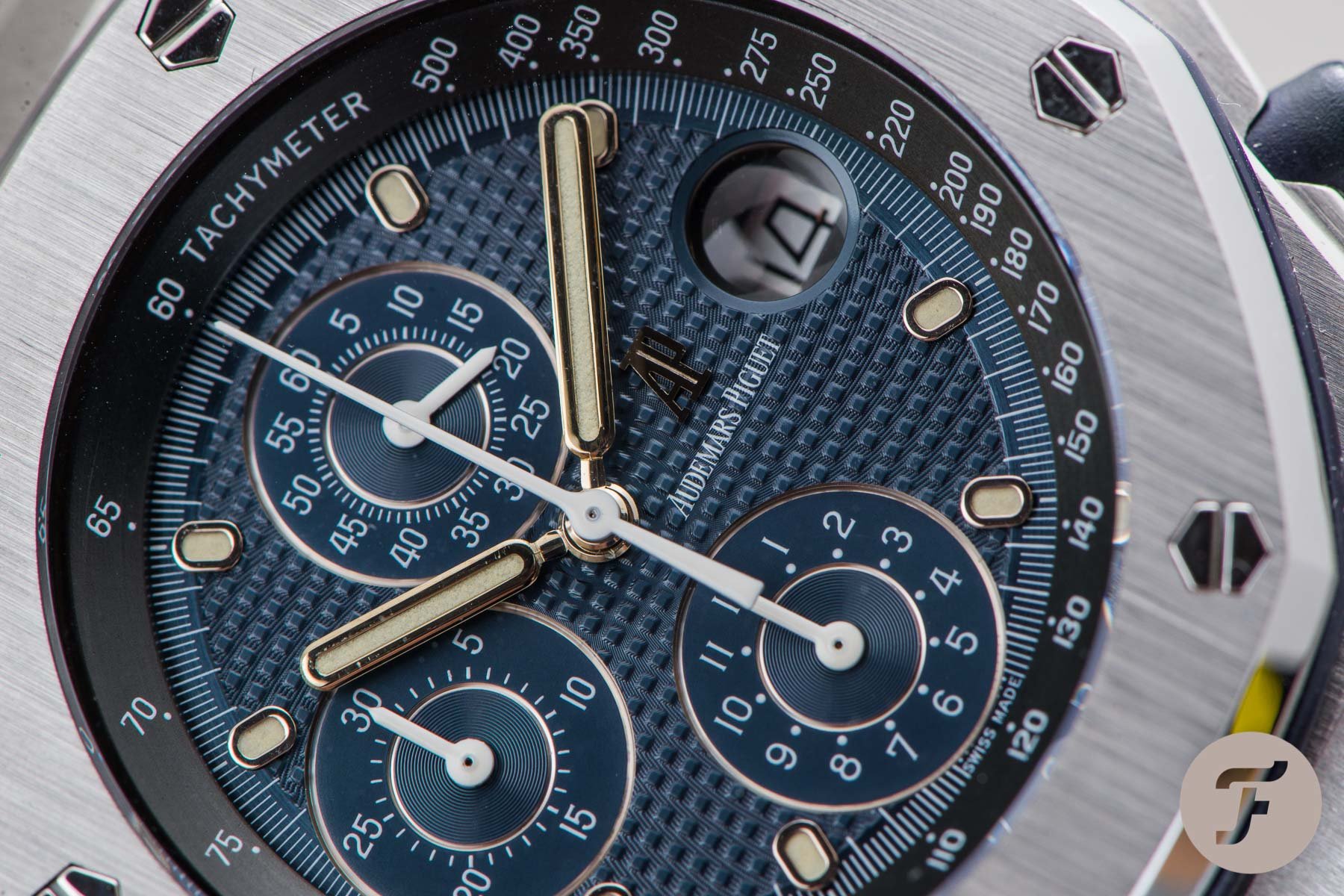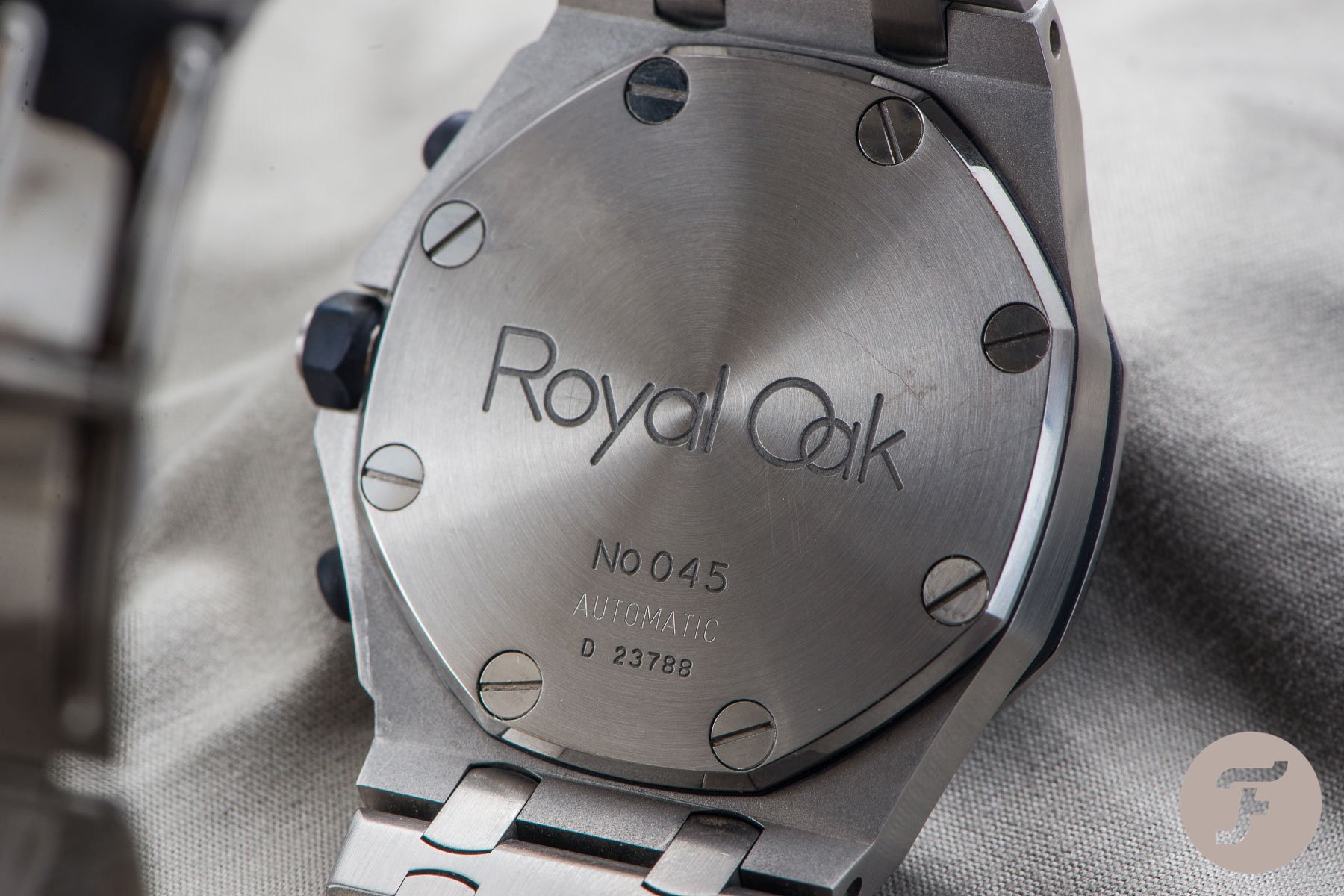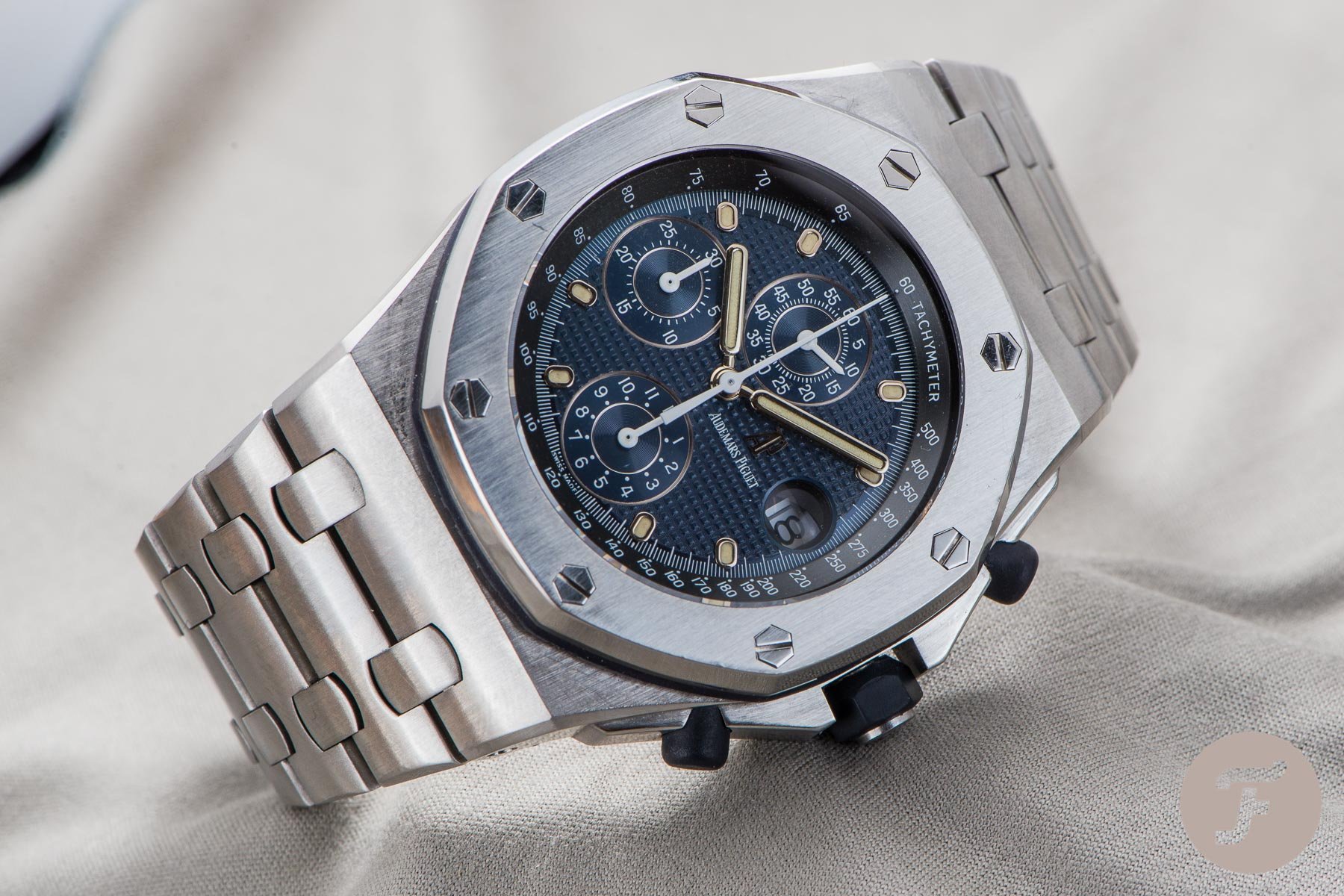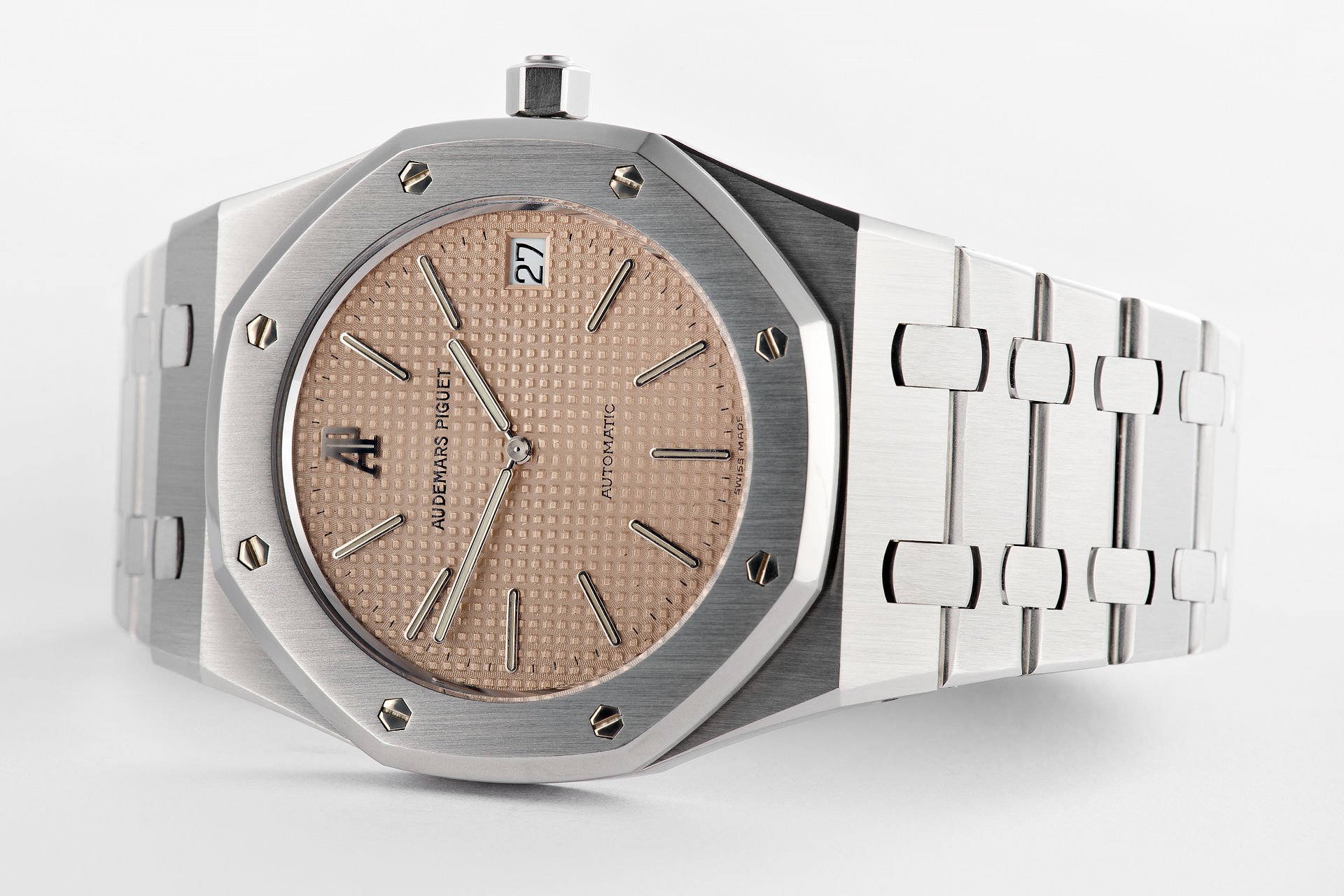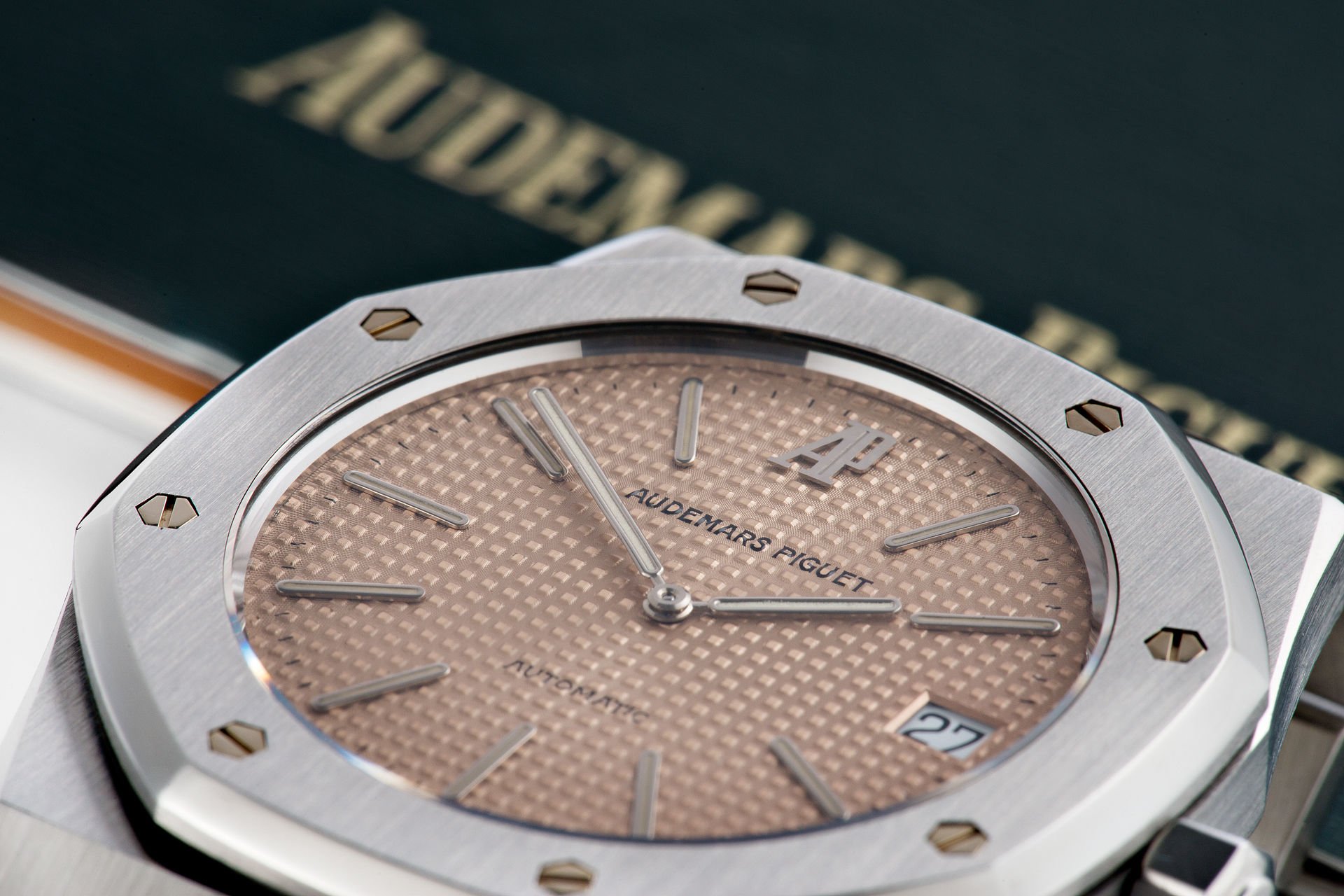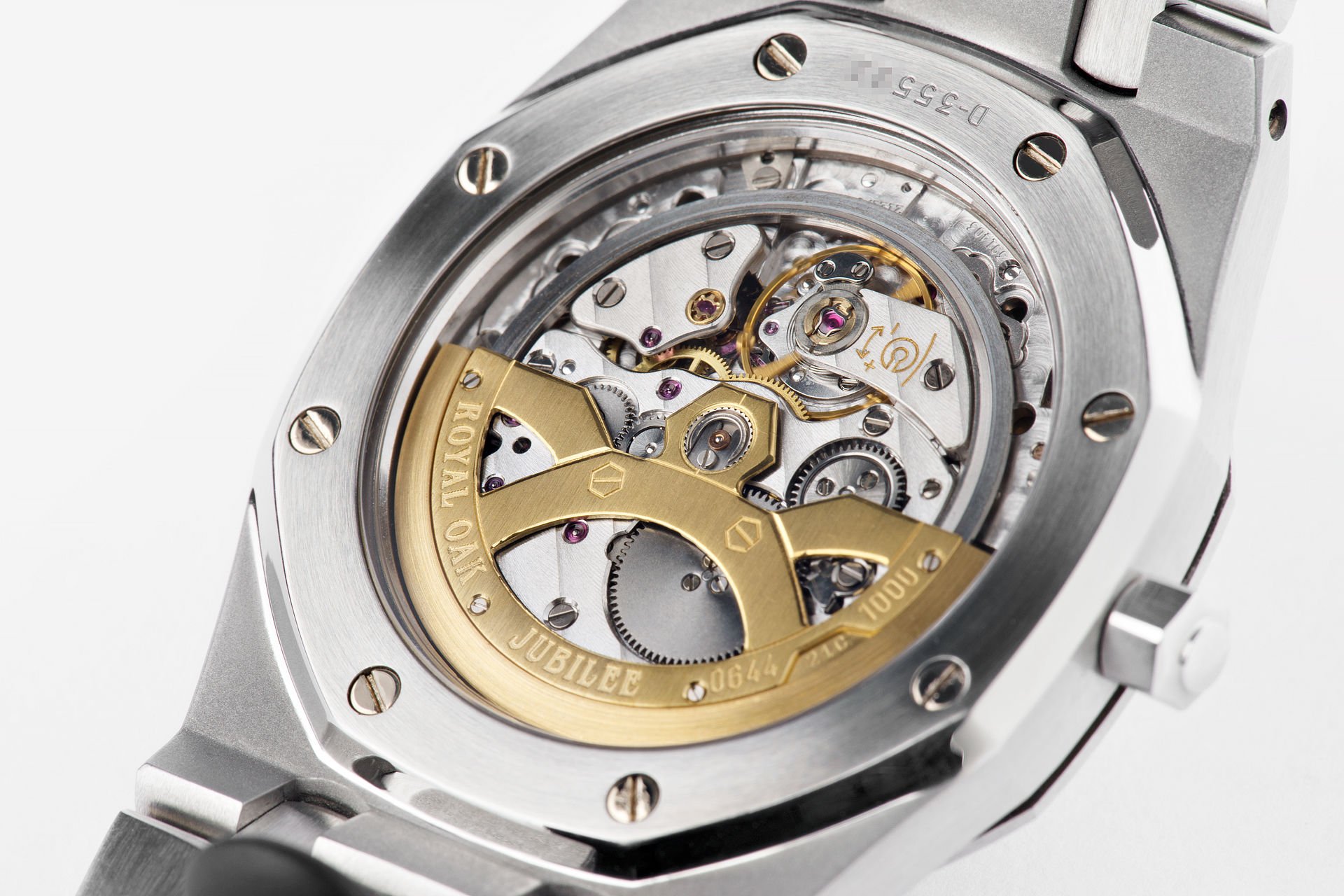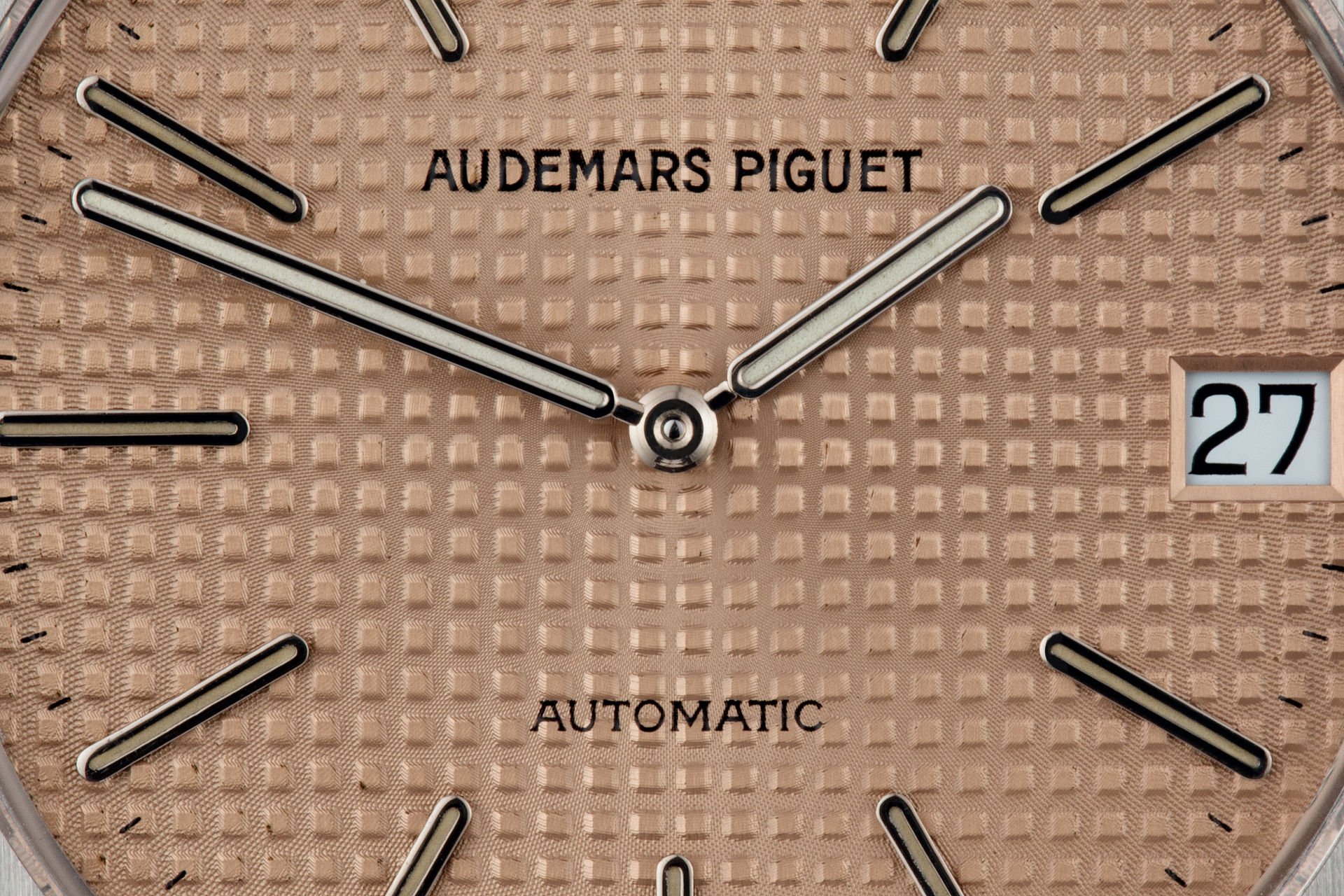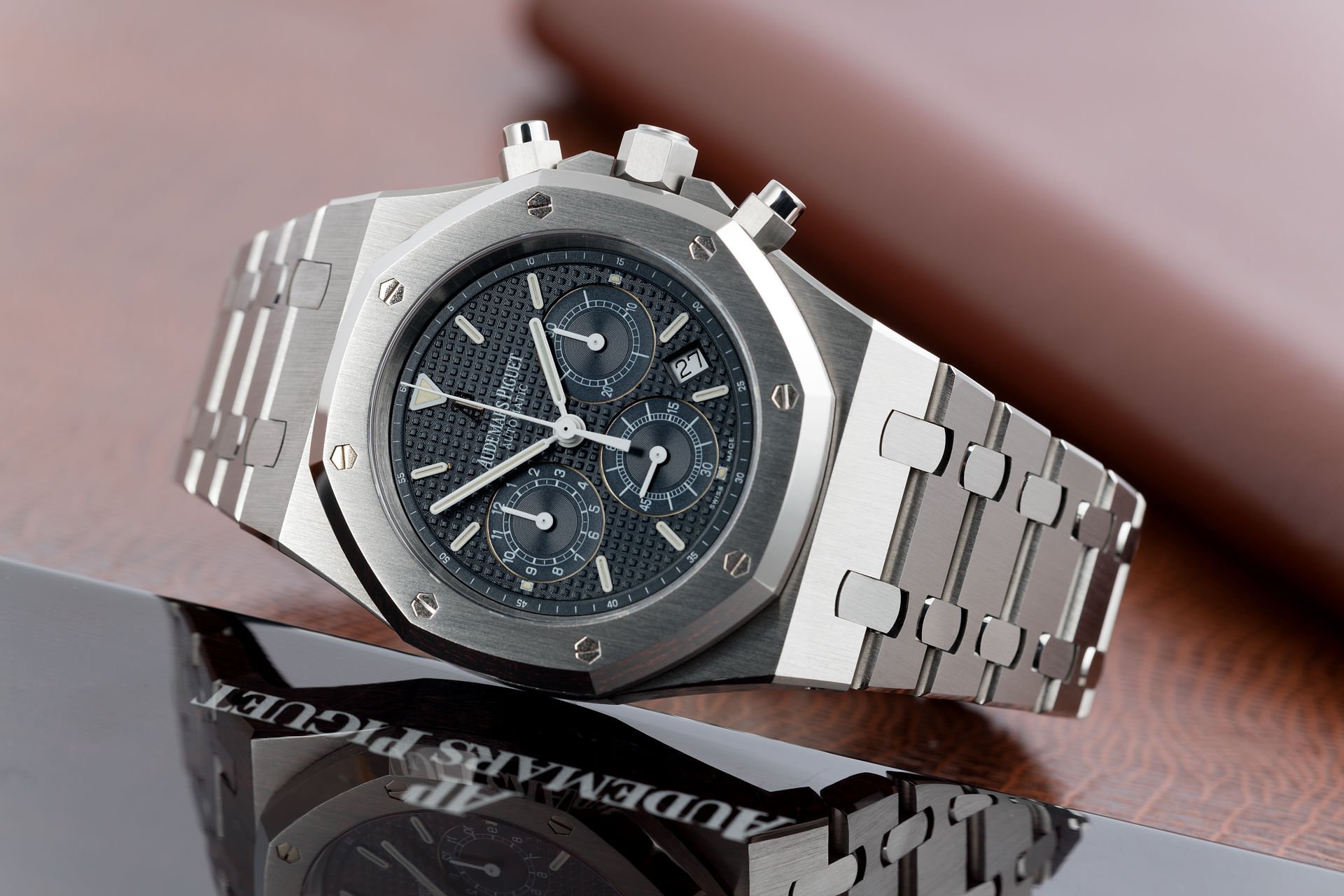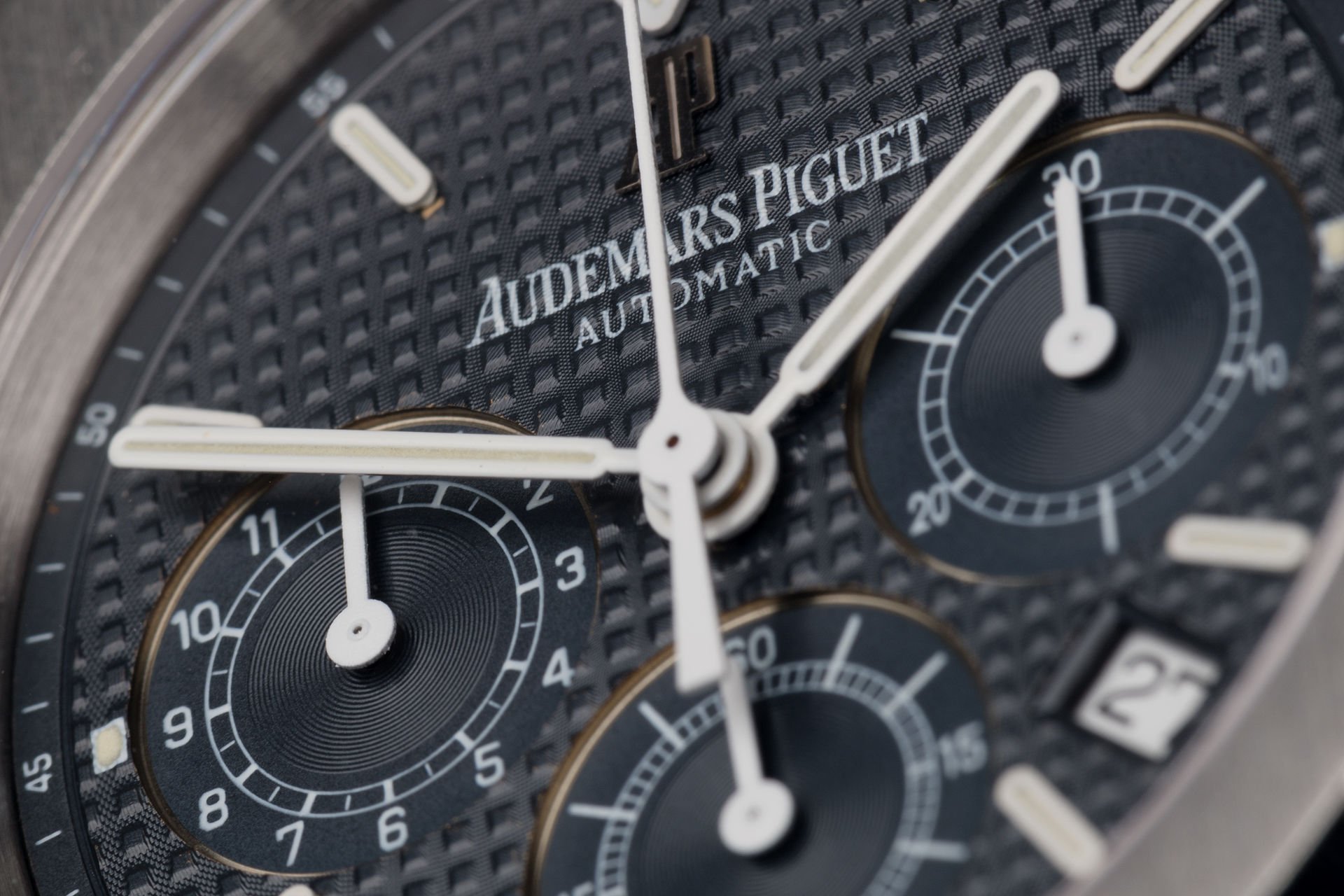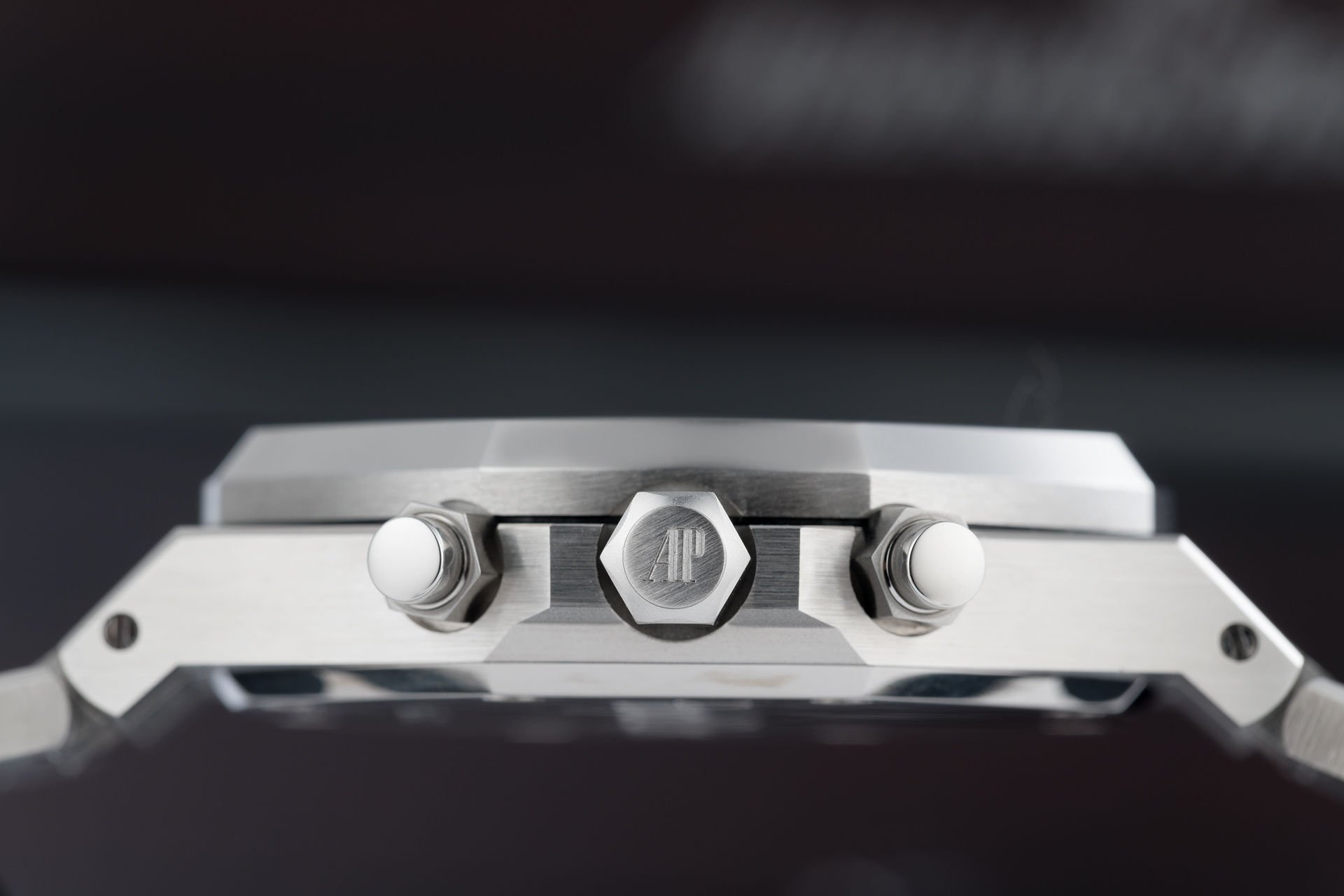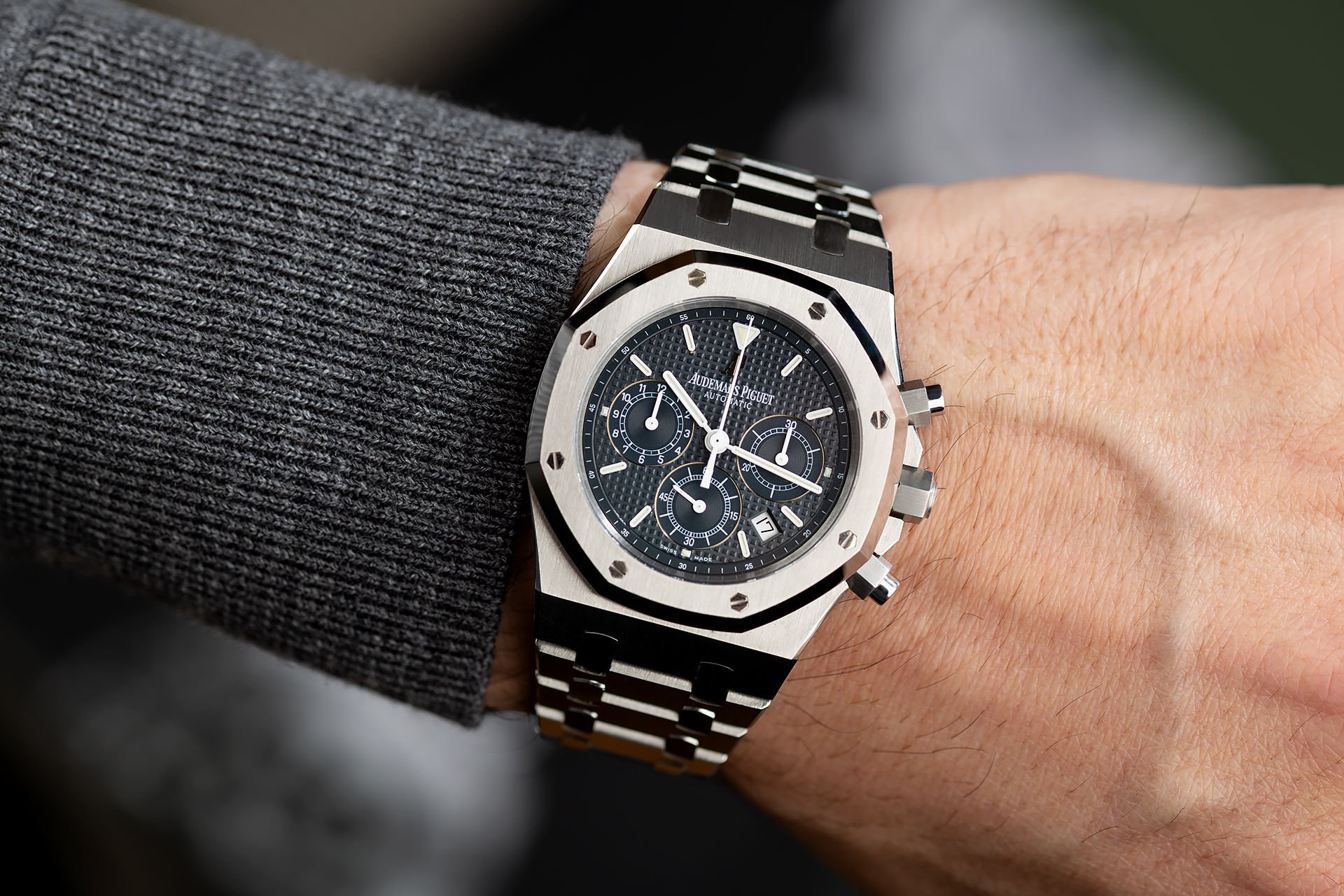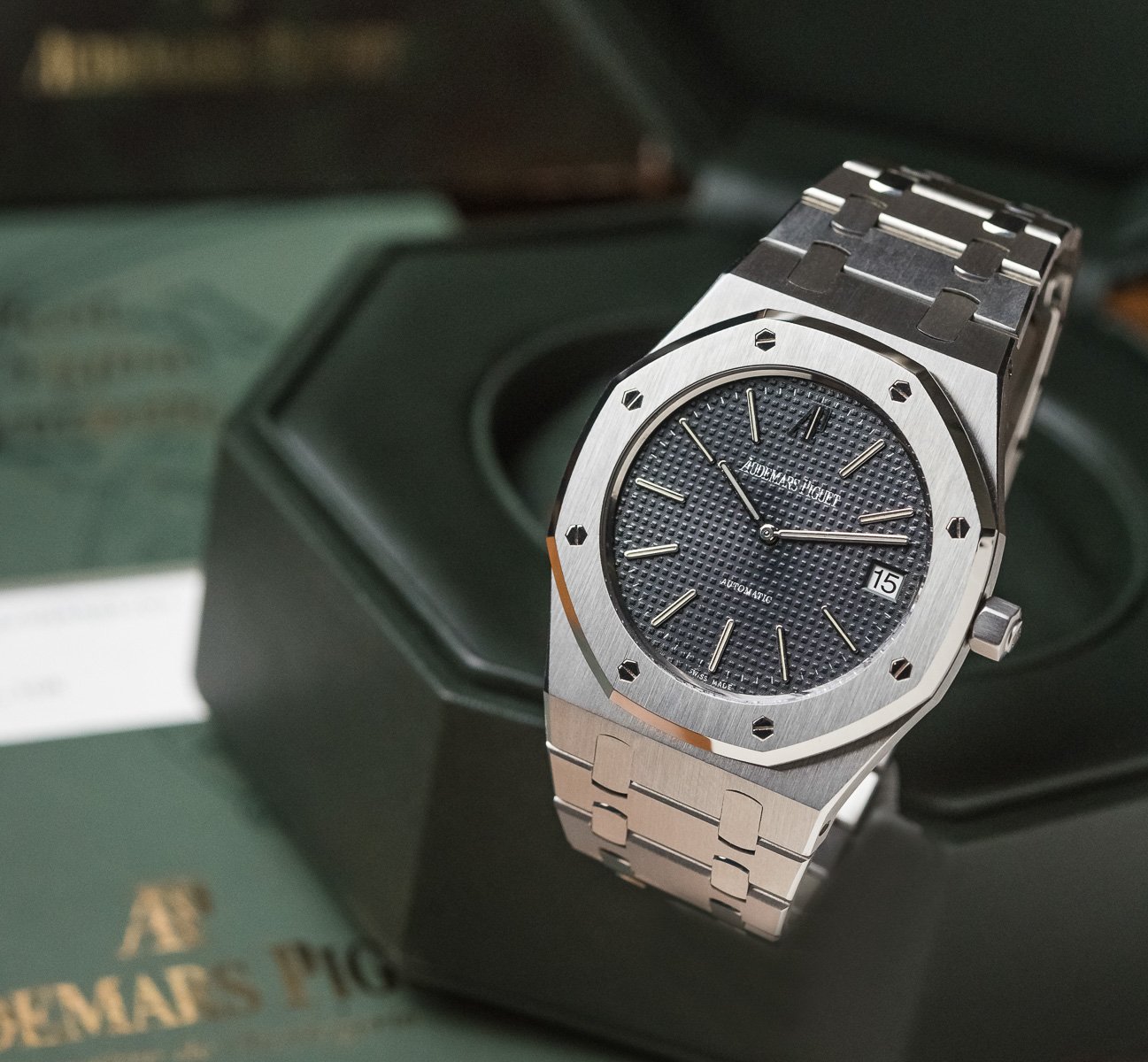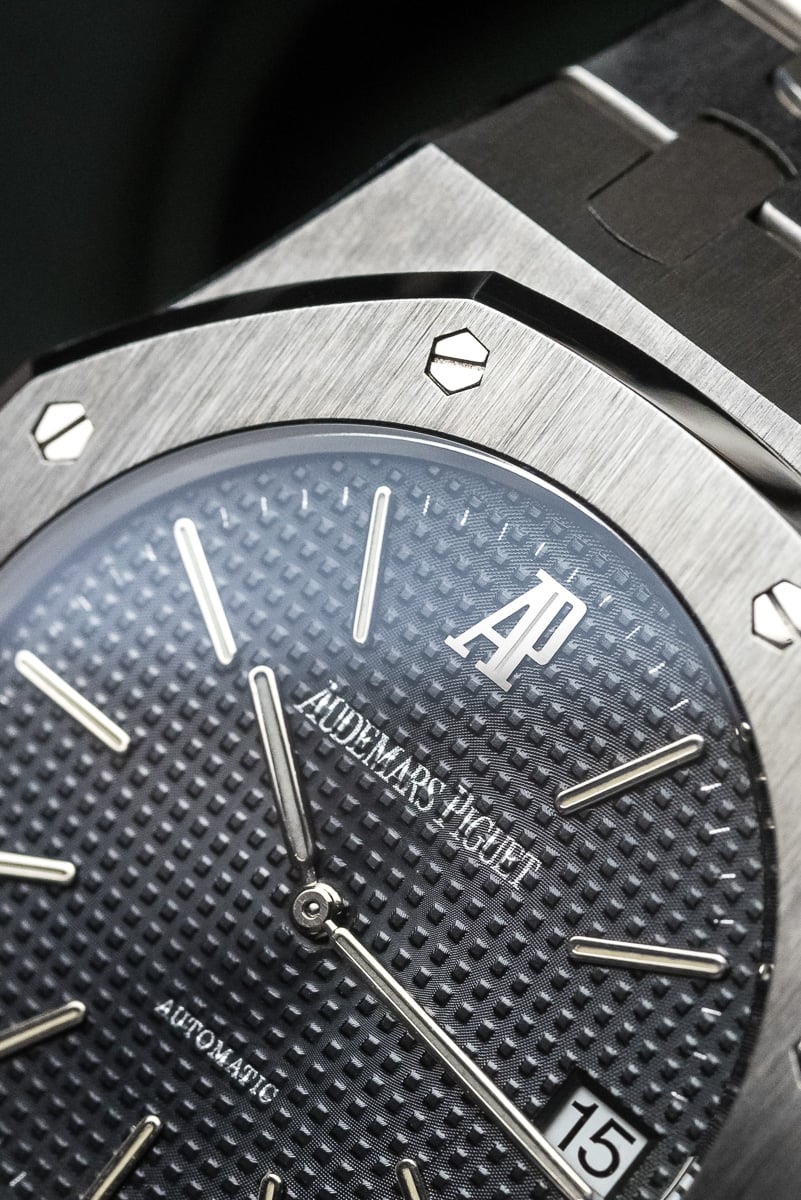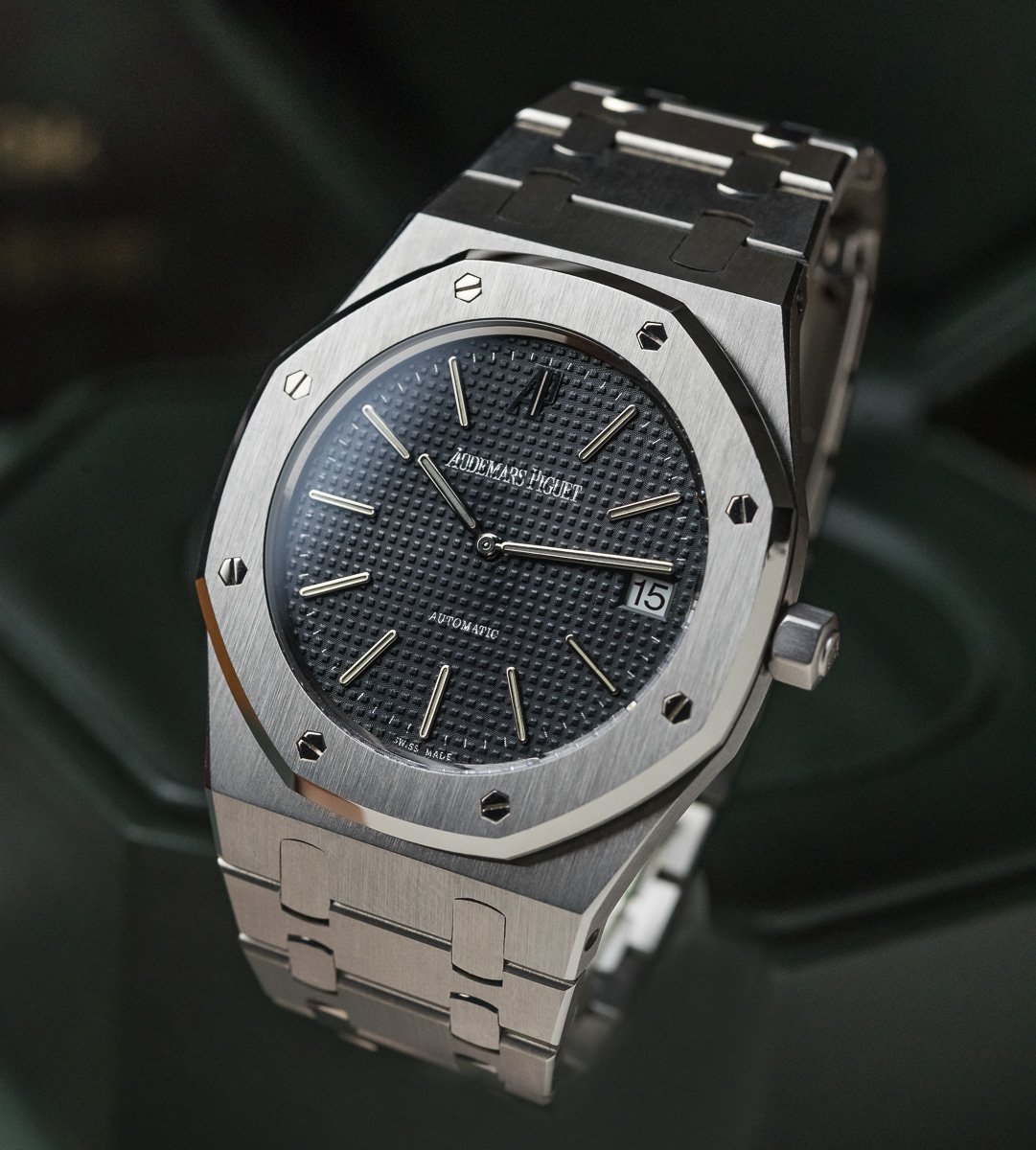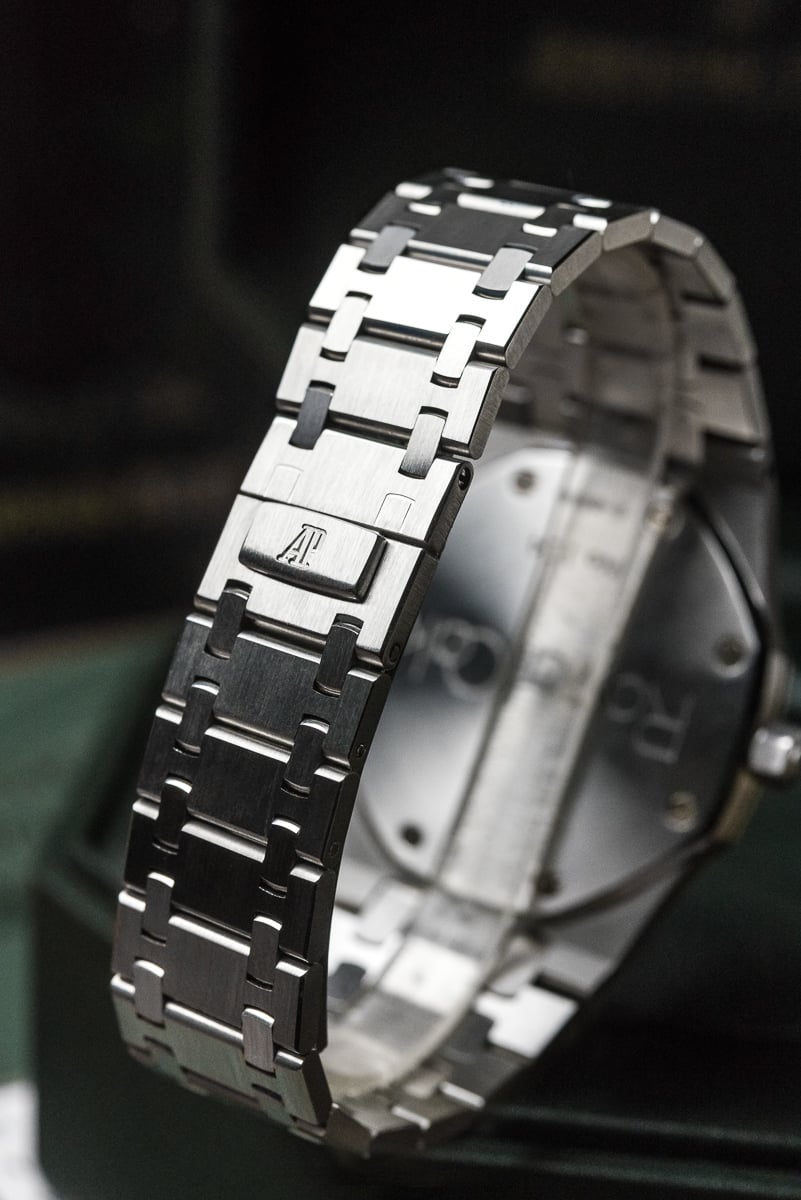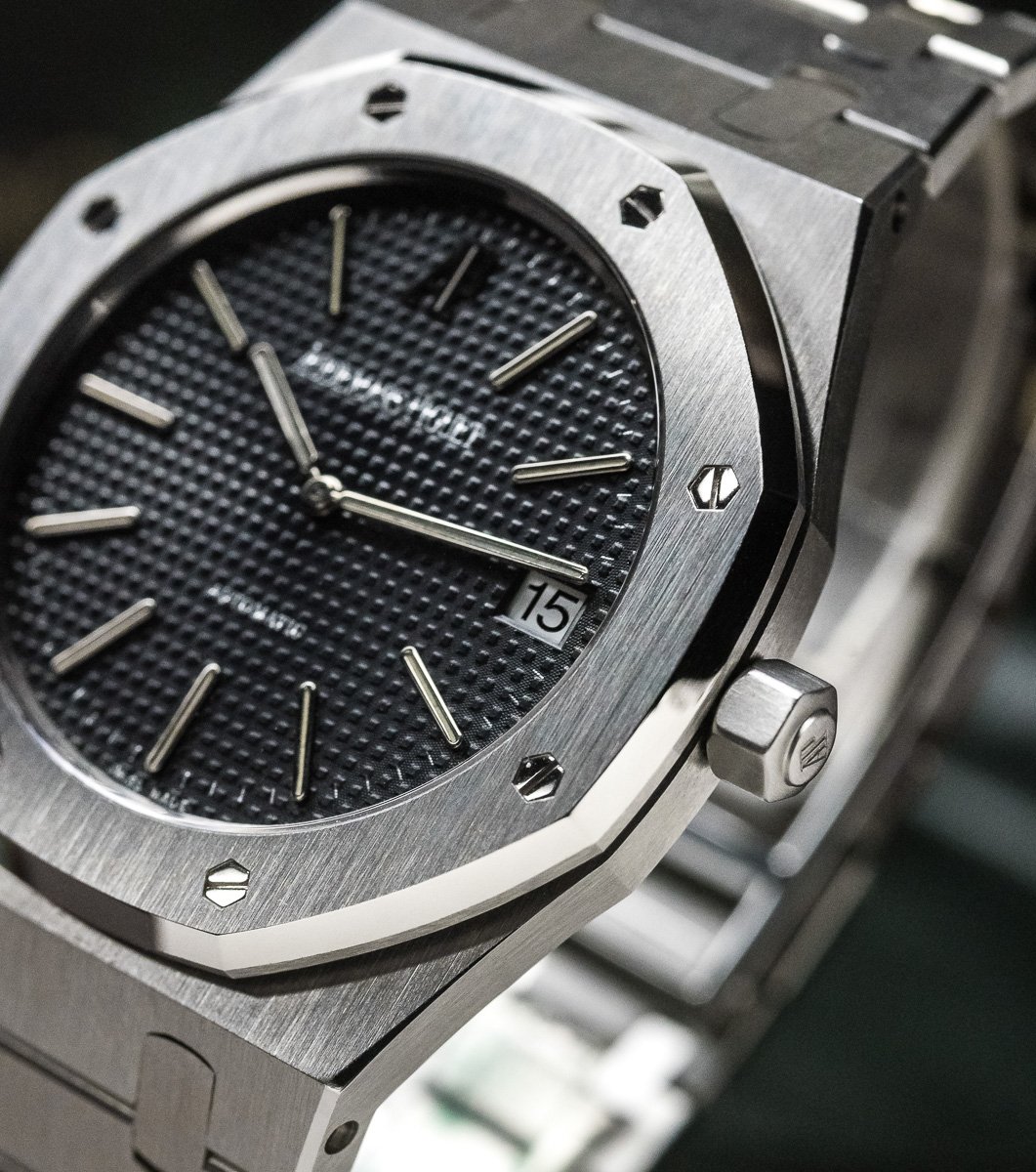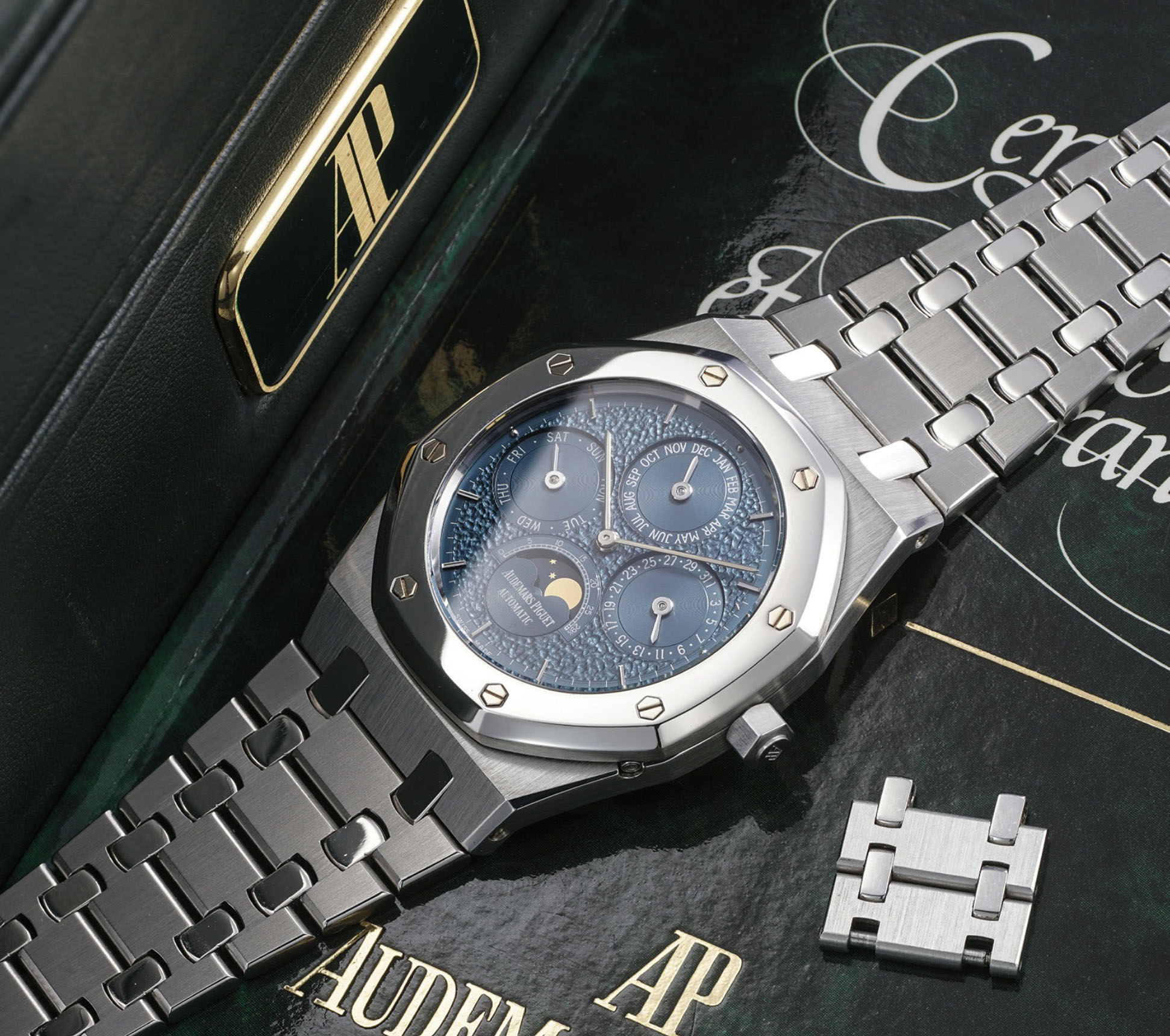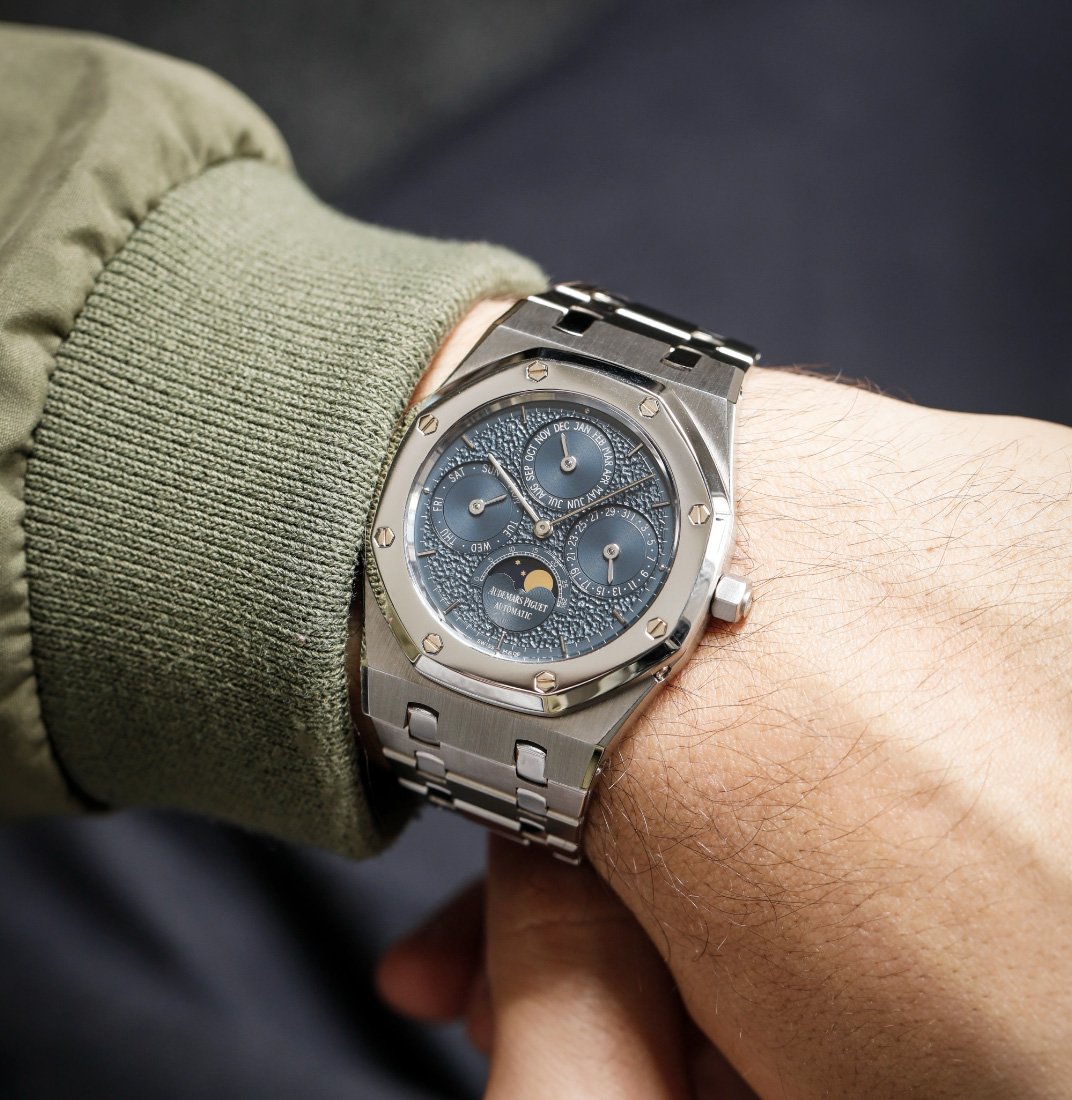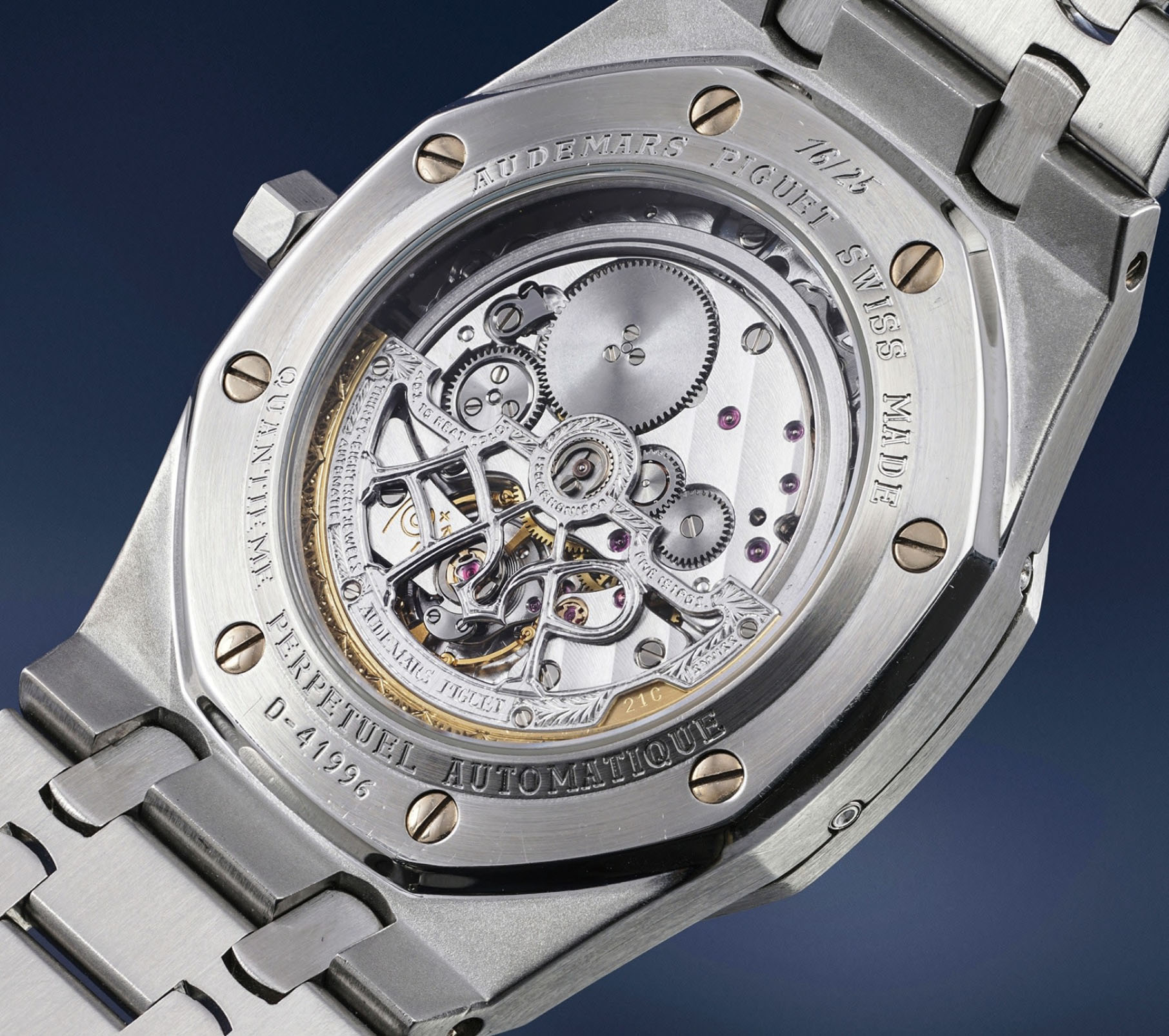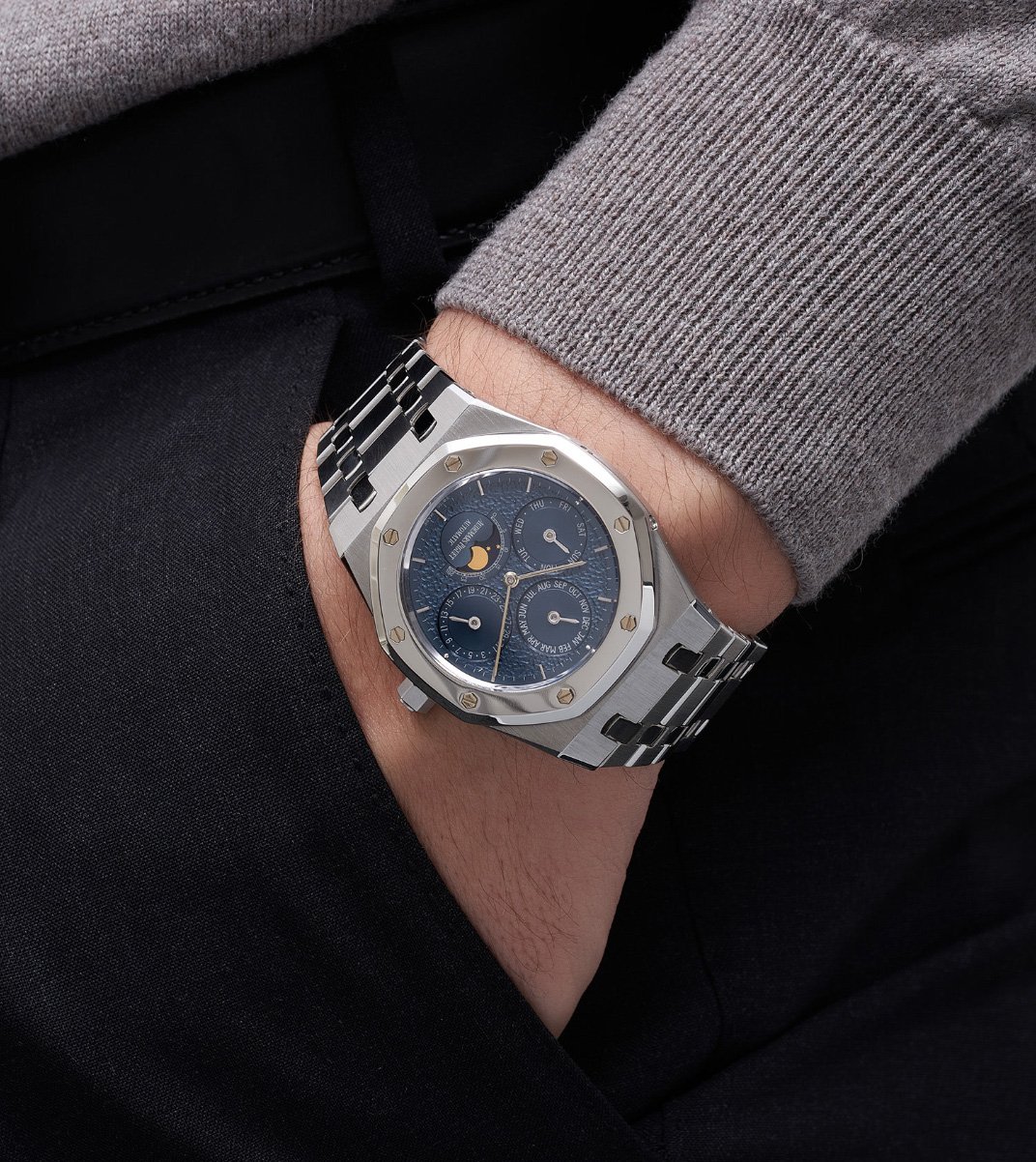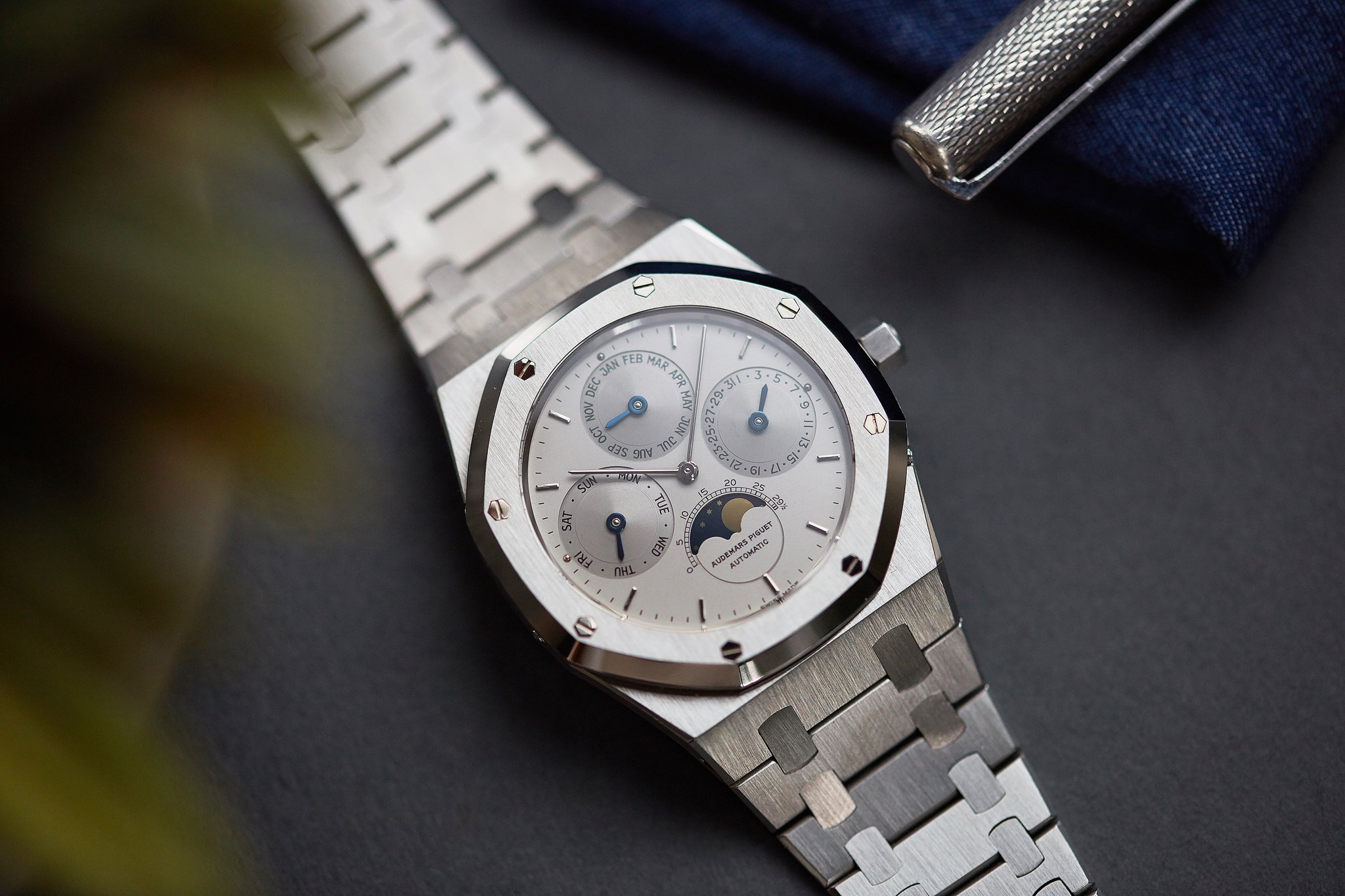Buying Guide: The Best Audemars Piguet Watches From The 1990s
We like to talk about vintage watches a lot within the Fratello team. Though most of what we write about is primarily focused on the most recent releases and developments, for many of us, a lot of the fun can be found in the sometimes weird and often wonderful world of vintage watches. It’s a world full of history, remarkable watches, incredible stories, and quirky details. It inspired us to come up with a series of articles focusing on the best watches per decade from a select group of brands. Some of them are priceless, and some of them are still affordable. In this installment, we will take a look at the best Audemars Piguet watches from the 1990s.
This week, we will continue our journey through watch history to find the best watches from the 1990s. As I have mentioned in the previous articles discussing the best watches from the 1980s, mechanical watches slowly started making a comeback in that decade. By the time the 1990s began, quartz dominated the watch industry. But you could slowly see the two finding space next to each other.
With the gradual rise in the popularity of mechanical watches, we also saw a shift in perception. Mechanical watches became a luxury statement produced by prestigious brands with centuries of watchmaking history. It set them apart from mass-produced, cheap quartz watches. This luxury status was further backed up by a renewed interest in watches with classical complications. Combining the rich history of watchmaking with technical masterpieces sets mechanical watches apart from the fast world of quartz watches once and for all.
Audemars Piguet in the 1990s
The biggest question to answer for this list specifically was always whether the focus would be completely on the Royal Oak. As Brandon explained in the second part of the history of Audemars Piguet, the brand created different model lines in the 1990s that all had their distinct purpose in the collection. The oval Millenary models, the Huitième line, and the Jules Audemars collection all featured a completely different aesthetic and a wide variety of executions and complications. But the Gérald Genta-designed icon was Audemars Piguet’s most important model line by far, even back in the 1990s.
A small example is the Audemars Piguet Grande Complication, released in 1996. The watch featured a classically styled Jules Audemars case and was powered by the brilliant AP Calibre 2885. The movement features a split-seconds chronograph, a minute repeater, and a perpetual calendar with moonphase functions. Although this brilliant display of watchmaking art was introduced in a classically styled case, it took only a year before it was also introduced in the Royal Oak Grande Complication in 1997. Sure, it was part of the overall 58 examples of Calibre 2885 produced between 1996 and 2002, but it is just one example that shows the importance of the Royal Oak for the brand, even back then.
Investing in Renaud & Papi
The 1990s also saw Audemars Piguet become a majority shareholder of complications specialist Renaud & Papi. The former AP watchmakers Dominique Renaud and Giulio Papi started their own company in 1986. In the years after, they worked on some of the iconic watches of the nineties. As I explained in the article about the best IWC watches of the 1990s, they were asked by IWC’s Günther Blümlein to help develop a modern minute repeater for the brand and integrate it into the IWC Grande Complication. Papi also worked on the brilliant A. Lange & Söhne Tourbillon “Pour le Mérite” that I wrote about last week. It shows that Renaud & Papi quickly made a name for themselves.
The duo had already worked on watches for Audemars Piguet when in 1992, the brand became a majority stakeholder. By purchasing 52% of the company, Audemars Piguet ensured that the brilliant watchmakers could help out with the technical development of their most complicated timepieces. From 1992 on, Renaud & Papi became Audemars Piguet Renaud & Papi (APRP). There were two conditions that Renaud and Papi put on the table before the deal. The first was to keep working for other brands, and the second was to keep their strategy of growing and innovating. The partnership has led to amazing results, combining iconic design with the absolute best in watchmaking.
The Entry Point — Audemars Piguet Royal Oak Offshore ref. 25721ST “The Beast”
I would have never thought that the first reference of the Audemars Piguet Royal Oak Offshore would be the entry point for this list. The Royal Oak Offshore ref. 25721, also known as “The Beast,” has become an icon. Robert-Jan wrote a great article about the history of the Royal Oak Offshore. Audemars Piguet unveiled the Royal Oak Offshore at Baselworld in 1993. But the story starts four years earlier in 1989, when the 22-year old designer Emmanuel Gueit was asked by then Audemars Piguet co-CEO Stephen Urquhart to design a new version of the Royal Oak. The goal was to develop a Royal Oak to attract a younger and more male audience.
Gueit wanted a watch regarded as a typical men’s watch, and in order to be that, it needed huge proportions. Such extreme proportions, in fact, that women would refrain from buying or wearing one. Gueit created a concept based on a “deconstructed” approach to the timepiece. It reveals how the watch was made and assembled with the standout elements like the massive black rubber gasket visible under the bezel. Combining a 42mm diameter, a 16mm height, a chunky stainless steel case, and a heavy stainless steel bracelet, it was a revolutionary take on the iconic Royal Oak.
But when Urquhart was presented with this new take on the icon, he didn’t pounce at the chance to introduce it too quickly. He postponed the introduction for a couple of years. When the Offshore was finally introduced at Baselworld in 1993, many purists were disappointed. In an interview, Gueit told the famous story that Gérald Genta himself “invaded the booth shouting that his Royal Oak had been completely destroyed.” But just like the original Royal Oak, the Offshore eventually became a huge commercial success.
A quick change of caliber
Inside the 42mm stainless steel case, Audemars Piguet equipped the watch with the AP Calibre 2126/2840. This movement was based on the often-used Jaeger-LeCoultre 888 caliber added with a chronograph module by Dubois-Dépraz. After the first 200 watches, Audemars Piguet switched to the AP Calibre 2226/2840 for the Royal Oak Offshore, which was based on the Jaeger-LeCoultre 889/1 with a Dubois-Dépraz chronograph module. The automatic Calibre 2226/2840 operates at 28,800vph and has a 42-hour power reserve. Besides displaying the time and its chronograph functions, the movement also features a date display at 3 o’clock.
The production of the ref. 25721ST started in 1992 with the D-series models. The first was D23744, and the last was D97184 produced in 1998. After that, the brand continued with the E-series. Audemars Piguet used these series for all their production models, so a number range is not limited to just one model. The brand produced a total of 1,300 pieces of the ref. 25721ST D-series. Finding one is not that difficult. Depending on the condition, prices range from roughly €30K to €45K. As a long-time admirer of Genta’s Royal Oak, I never really connected with the Offshore in the past. Nowadays, however, I love seeing “The Beast.” It’s become a classic in its own right. But the fact that it can be the entry point for this list probably explains its divisive nature.
My pick — Audemars Piguet Royal Oak “Jubilee” ref. 14802
My pick for this week’s list was an easy pick for once. One of my favorite models in the current Royal Oak collection is the Royal Oak Extra-Thin “Jumbo” ref. 15202 in 18K white gold with its stunning salmon dial. From the moment it was introduced, it was love at first sight. Seeing a Royal Oak with a salmon dial proved how incredible Genta’s icon’s design was once again. Although Audemars Piguet does not refer to the dial as a salmon dial, rather a dial with a “pink gold tone,” most watch enthusiasts will instantly know what Royal Oak you are talking about. But it wasn’t the first time the brand released a Royal Oak with a salmon dial. In 1992, Audemars Piguet released the stainless steel Royal Oak “Jubilee” ref. 14802.
The watch was released to celebrate the 20th anniversary of the Royal Oak, and it introduced a sapphire display case back to the model for the very first time. Audemars Piguet produced a total of 700 pieces of the ref. 14802 in steel, another 280 in yellow gold, and 20 in platinum. Most of the steel models came with the standard blue dial. However, some of them were equipped with a brilliant salmon-colored dial. Fratello’s own Gerard used to own a ref. 14802 with a blue dial, and I love seeing that watch. The sapphire display case back adds a great dimension to an already brilliant watch. It’s a detail that makes it more interesting than the Royal Oak “Jumbo” ref. 15002ST that was produced from 1995 onwards with a solid case back.
A special rotor for the Calibre 2121
Inside the 39mm stainless steel case, you will find the automatic AP Calibre 2121 that has powered all the Royal Oak “Jumbo” models up until this very day. For this release, Audemars Piguet equipped the movement with a special 21K gold rotor in the shape of three Royal Oak bezels. It’s a fun play on the design of this iconic masterpiece. The AP Calibre 2121 movement is based on Jaeger-LeCoultre’s Calibre 920. It operates at 21,600vph and features 36 jewels and 40 hours of power reserve. As Gerard mentioned in the article about his “Jubilee” model, this ultra-slim movement was used by Patek Philippe, Vacheron Constantin, and Audemars Piguet. Funnily enough, Jaeger-LeCoultre never used the movement.
As you can see in the picture, the Royal Oak “Jubilee” still has the overall feel of the iconic first reference Royal Oak “Jumbo” ref. 5402. The layout differs slightly from the original dial of the ref. 5402. However, it still has the beautiful, delicate Clous de Paris structure, baton index markers, and thin hands. So it stays very true to the original design that Gérald Genta intended it to be back in the ’70s. Finding a Royal Oak “Jubilee” is not impossible. With the current ludicrous asking prices for the Royal Oak “Jumbo,” people are more than eager to offer them for sale. Even the rare salmon dial version is available to buy. But only if you have between €200K and €400K in spare change lying around.
Money is no object #1 — Audemars Piguet Royal Oak Chronograph ref. 25860ST
It’s a strange realization that the first Royal Oak Chronograph was the Offshore. The regular Royal Oak Chronograph was introduced four years after the Offshore in 1997 at the 25th anniversary of the Royal Oak. It remained faithful to the original 39mm Royal Oak “Jumbo, and the brand managed to introduce a chronograph that also maintained the slim profile of the time-and-date version. The first generation Royal Oak Chronograph feels like the perfect evolution into a chronograph from the regular Royal Oak design. Some watch enthusiasts have nicknamed the Royal Oak Chronograph ref. 25960ST with a black dial “The Kasparov” because the famous Russian chess player liked wearing the watch after becoming an AP ambassador in 1996.
The overall design looks balanced, and every element seems to make perfect sense. The dial layout is perfectly symmetrical, and the registers fit within it perfectly. A nice detail is the bronze-colored bezels of the chronograph registers, which give the dial a neat hint of color. Another detail I particularly love is the refined look of the “small tapisserie” dial. AP used this pattern for the first D- and E-series that were produced from 1997 until around 2004. The dial design changed after that, and the pattern became less refined, thus moving away from the Royal Oak ref. 5402’s original design. Something I am not a fan of, however, is that the screws (and bolts) in the bezel are merely there for show. They do not keep the bezel in place by affixing it on the case. The later ref. 26300 did “correct” this.
The ultra-slim AP Calibre 2385
Inside the 39mm two-piece stainless steel case, Audemars Piguet equipped the watch with the AP Calibre 2385. This automatic chronograph movement is just 5.5mm thick and was created by Frédéric Piguet, meaning it is not an in-house movement. The base movement is the F. Piguet caliber 1185. It was also used for the Vacheron Constantin Overseas Chronograph and the Bréguet Marine Chronograph. The movement operates at 21,600vph and has a 40-hour power reserve. It features a date window between 4 and 5 o’clock and has an 18K gold oscillating weight. Because of the slim profile of the movement, Audemars Piguet could keep the total height of the case limited to just 11mm. Compared to the 7mm of the regular Royal Oak, it seemed like a big step, but the overall profile is still very slim compared to most chronographs.
The watch was further equipped with screw-down pushers to increase the water resistance up to 50 meters. Admittedly, however, this is not impressive, and it makes this watch strictly desk-diving approved. When the original Royal Oak Chronograph ref. 25860ST was replaced with the ref. 26300, the iconic first reference of the Royal Oak Chronograph disappeared. I love the watch because of its overall design, balanced dial, and slim profile. It’s simply a great watch to see on your wrist. Despite the decorative screws, the “small tapisserie” dial looks better than its successor’s “grande tapisserie” dial. It’s why I visually prefer this original version of the Royal Oak Chronograph. Although finding one is possible, expect to pay between €40K and €50K for one. It’s big money because collectors have jumped on them as well.
Money is no object #2 — Audemars Piguet Royal Oak ref. 15002ST
I already picked one of the Royal Oak “Jumbo” models for this list. But while that was the limited-edition “Jubilee” model, there was also the regular Royal Oak “Jumbo.” Or, I should say, the multiple “Jumbo” models. The original ref. 5402 was discontinued in 1990, and its successor was this ref. 15002. This reference was in production for a short period in 1996-97, until finally being replaced with the ref. 15202 around the turn of the millennium. The ref. 15202 is still in the brand’s collection today, but it will likely be replaced next year (2022) for the 50th anniversary of the Royal Oak.
So let’s focus on the Royal Oak “Jumbo” ref. 15002. While writing this article, I talked to fellow Fratello team member Gerard, and he reminded me that the “Jumbo” models were not always the most popular. The 36mm midsize Royal Oak was selling in larger numbers during the 1990s. These midsize references 14700 and 14790 are great options for people that would not like to pay the current absurd prices for the “Jumbo” models. While they might seem small on paper at 36mm, they wear a lot bigger than the number would suggest. The case shape and the integrated bracelet make this a serious option for many people. A steel version would set you back between €27.55K and €50K, a lot more affordable than the extremely rare ref. 15002.
Being a purist for once
But if you are somewhat of a purist when it comes to the Royal Oak, there is only one way to go, and that’s the original 39mm “Jumbo” version. While I do not consider myself much of a purist overall, I am when it comes to Genta’s creations. When he created the Royal Oak, Genta had clear ideas, and the Royal Oak “Jumbo” represents them to the fullest. The ref. 15002 is the follow-up to Genta’s original creation and is closer to it than the ref. 14820 “Jubilee.” The main reason is that it features a solid steel case back, opposed to the display back of the “Jubilee” model. As a result, the ref. 15002 is thinner, and a slim overall profile was one of the pivotal parts of Genta’s design. That’s why this is the best representation of his initial ideas.
Technically, the Royal Oak “Jumbo” 15002 is identical to the ref. 5402 and the ref. 14802 that came out before it. It was powered by the AP Calibre 2121 like all the “Jumbo” models. The 3.05mm thick movement is truly a joy to see in action, although the solid case back prevents you from doing that. Especially seeing the rotor in action is a joy. It glides on a rail rather than the usual ball bearings. Another unique feature of the ref. 15002 is that the case has a slot where the stem enters. It enables the removal of the movement with the stem still attached. No other Royal Oak “Jumbo” comes equipped with this feature.
A very rare bird
It is believed that Audemars Piguet only created 186 pieces in stainless steel and 27 in yellow gold of ref. 15002. These small production numbers are an indication that the “Jumbo” models were not always high in demand, even though the production run was also quite short. But its scarcity makes this a tough find that is incredibly expensive. Expect to see prices from €100K and up. And by “up,” I mean sellers asking bonkers prices. If you have that kind of money to spare, it will buy you the rarest of the Royal Oak “Jumbo” models produced to honor the original ref. 5402. As a result of creating this ref. 15002, Audemars Piguet started producing the ref. 15202 that continued the legacy. As such, this reference is crucial to Royal Oak history.
Money is no object #3 — Audemars Piguet Royal Oak Perpetual Calendar ref. 25686
This list would not be complete without one of the Audemars Piguet Perpetual Calendar models. And what better way to end this list than with a Royal Oak Perpetual Calendar? However, the story of Audemars Piguet and their Quantième Perpétuel starts long before the Royal Oak. While this article might emphasize the huge impact of the Royal Oak on the industry, Audemars Piguet’s history neither starts nor ends with Genta’s creation. While many people have stated that the Royal Oak introduced in 1972 saved the brand from going under in the 1970s, AP’s historian and Head of Complications Michael Friedman stated that the legendary 2120/2800 perpetual calendar caliber saved the brand.
The idea behind the AP Calibre 2120/2800 was to create an ultra-thin calendar movement that would stun the world. A special small team of people within Audemars Piguet came up with the final movement in 1977 when they presented it to then Audemars Piguet CEO Georges Golay. He was blown away by the automatic perpetual calendar movement, which was only 3.95mm thick and 28mm in diameter. The automatic movement operates at 21,600vph, has 38 jewels, and has a power reserve of 40 hours. After releasing several classically styled watches powered by the movement, in 1984, Audemars Piguet introduced the Royal Oak ref. 5554 with the AP Calibre 2120/2800 inside. And thus, a legend was born.
The Perpetual Calendar ref. 25686
Wei Koh from Revolution wrote a brilliant in-depth piece that discusses the complete history of the Audemars Piguet Perpetual Calendar. It includes all the references from the 1990s. For now, I will focus on the Royal Oak Perpetual Calendar ref. 25686, which was introduced in 1996. This watch has a funny detail because it does not feature a leap year indicator. A year before, however, Audemars Piguet released the brilliant rose gold ref. 25810 to celebrate the company’s 120th anniversary. That watch, interestingly, did feature a leap year indicator. It is believed to be possible that the brand had some older movements available that were used for the newer ref. 25686.
The reference came in a wide variety of metals and dial executions, which is why I picked it for this list. The model that you see featured in the pictures is the bi-metal stainless steel and platinum version with a brilliant Tuscan dial. Other variants include ones in full stainless steel, two-tone platinum and 18K rose gold, and even full platinum. They all feature the iconic 39mm case. At 9.3mm thick, it’s just 2.1mm thicker than the 7.2mm-thick case of the 5402. The highly complicated movement perfectly fit Genta’s original concept and combined two pivotal elements in the brand’s history. That is exactly the type of brilliance the Royal Oak Perpetual Calendar embodies. But finding a ref. 25686 is not that easy. Expect to see them pop up at auctions, where they fetch anywhere from €150K and up.
Final thoughts
Yes, I did it. Guilty as charged! I compiled a list of only Royal Oak models from the 1990s. There are quite a few other models that would have been a perfect addition to this list. There are the classically styled Perpetual Calendar models, the brilliant Star Wheel, and I’m sure we could come up with at least a couple more. But there is no denying that the most relevant models from the 1990s are the Royal Oak models. So that’s why I compiled a Royal Oak list. On top of that, I love what the Royal Oak represents in the world of watchmaking. Like so many of us, I greatly admire Gérald Genta’s brilliance and how he came up with the Royal Oak concept.
If you would like to find out more about Audemars Piguet or the Royal Oak, there are plenty of sources out there. Starting with books, Royal Oak by Martin K. Wehrli and Heinz Heimann is a great reference for the brand’s biggest icon. A second would be Audemars Piguet 2011 Collections: Le maitre de l’Horlogerie Depuis 1875 released by the brand itself. Lastly, the brand also released Audemars Piguet 20th Century Complicated Wristwatches. Additionally, plenty of articles have been written on the different Royal Oak models and references.
Next week we will be entering the last decade of this series. In the first article of the best of the 2000s, I will be picking five Rolex models from that decade. Until then, please let us know what your favorite Audemars Piguet models from the 1990s are in the comments section below.

